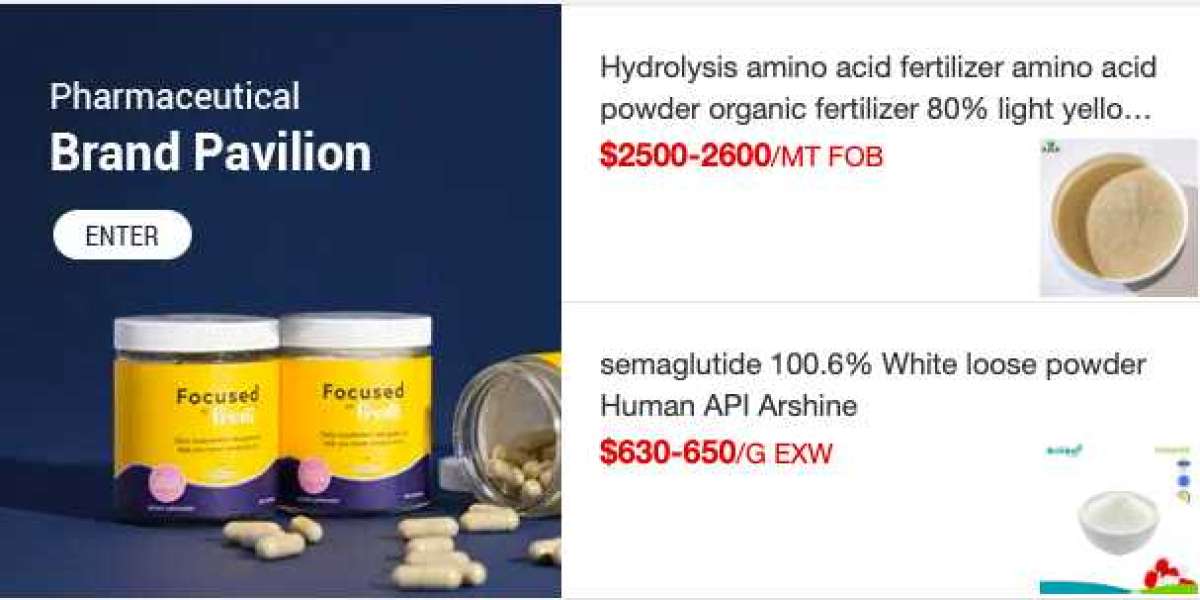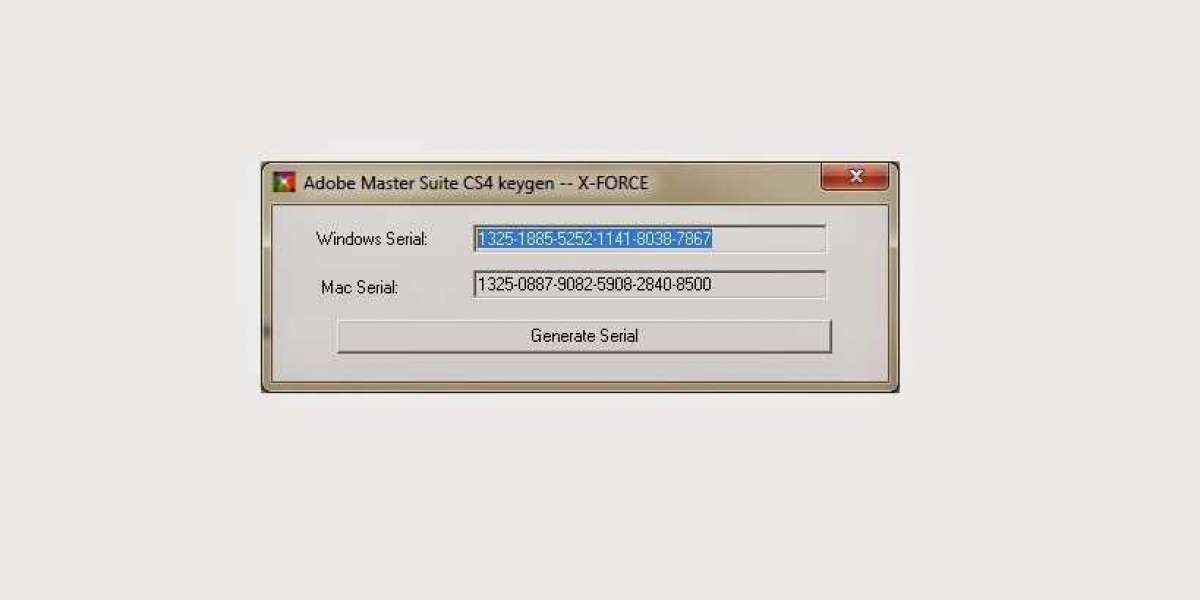Chromic Acid is also called Tetraoxochromic acid or Chromic(VI) acid. It is usually a mixture made by adding concentrated sulphuric acid (H2SO4) to a dichromate which consists of a variety of compounds and solid chromium trioxide.
Molecular chromic acid – H2CrO4 is similar to sulphuric acid (H2SO4) as both are strong acids, however, only the first proton is lost easily.
Dichromic acid – H2Cr2O7 is the fully protonated form of the dichromate (Cr2O7–) ion. Also, it is seen as the product of adding chromium trioxide (CrO3) to molecular chromic acid.
Uses of Chromic acid (H2CrO4)
Chromic acid acts as an intermediate in chromium plating.
It is used in ceramic glazes and coloured glass.
Chromosulfuric acid or sulfochromic mixture is a strong oxidizing agent that is used to clean laboratory glassware.
It has the ability to brighten raw brass and therefore it is used in the instrument repair industry.
In the year 1940, it was used in hair dye.
The completely protonated form of the dichromate ion is dichromic acid, H2Cr2O7 and can also be seen as the result of adding chromium trioxide to molecular chromic acid. When reacting with an aldehyde or ketone, dichromic acid exactly the same way. In organic chemistry, the chromic acid solution can oxidize primary alcohols to aldehyde and secondary alcohol to a ketone. but the tertiary alcohols and ketones are unaffected . During oxidation, the colour of chromic acid changes from orange to brownish green.
Chromic acid is capable of oxidising many forms of organic compounds, and many variants have been created for this reagent. Chromic acid is referred to as the Jones reagent in aqueous sulfuric acid and acetone, which oxidises primary and secondary alcohols into carboxylic acids and ketones, respectively, though rarely affecting unsaturated bonds. Cromyl chloride which is used to test the presence of chloride ions in inorganic chemistry, is derived from chromic acid.
Chromium trioxide and pyridinium chloride produce pyridinium chlorochromate. This reagent converts to the corresponding aldehydes (R-CHO) primary alcohols. Chromic acid was used to repair musical instruments due to its ability to “brighten” raw brass.
Which neutralizing agents are ideal for neutralizing chromic acid?
Chromic acid must be diluted in a good amount of water first. Then, it can be neutralized with a reductant after the dilution process. Some excellent neutralizing agents are sodium/potassium metabisulfite, sodium thiosulfate, or sodium sulfite.
Learn more about the physical and chemical properties of Chromic acid (H2CrO4) from the experts
Chromic acid generally refers to a collection of compounds generated by the acidification of solutions containing chromate and dichromate anions or the dissolving of chromium trioxide in sulfuric acid. Chromic acid contains hexavalent chromium. Hexavalent chromium refers to chromium in the +6 oxidation state, and is more toxic than other oxidation states of the chromium atom because of its greater ability to enter cells and a higher redox potential. (9) Molecular chromic acid, H2CrO4, has much in common with sulfuric acid, H2SO4 as both are classified as strong acids. Chromic acid was widely used in the instrument repair industry, due to its ability to "brighten" raw brass. A chromic acid dip leaves behind a bright yellow patina on the brass. Due to growing health and environmental concerns, many have discontinued use of this chemical in their repair shops. Most chromic acid sold or available as a 10% aqueous solution.







